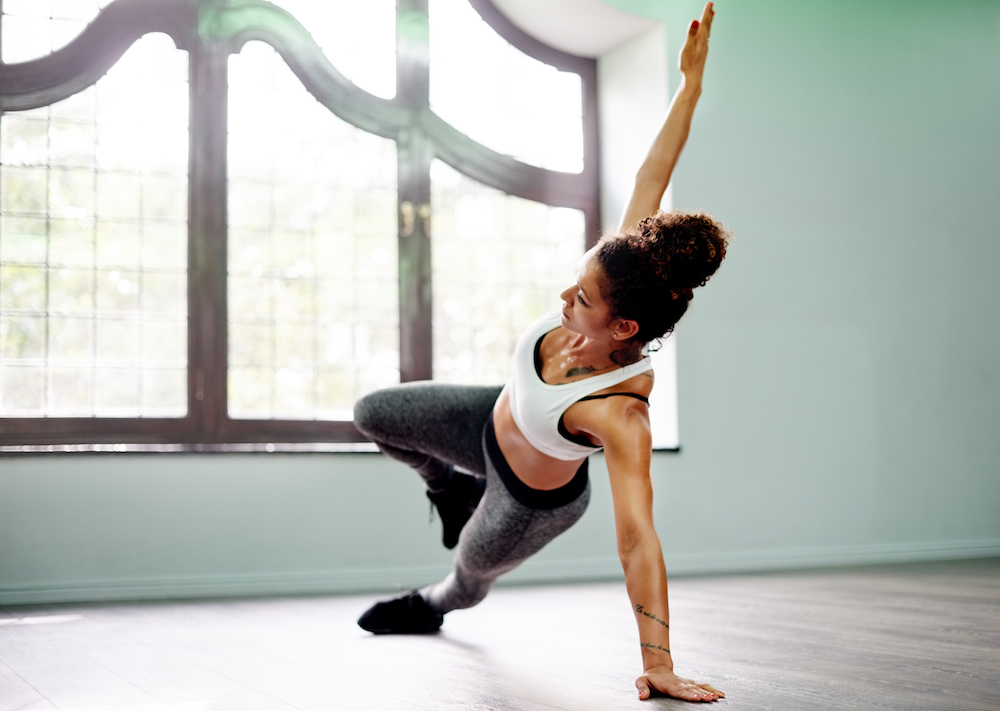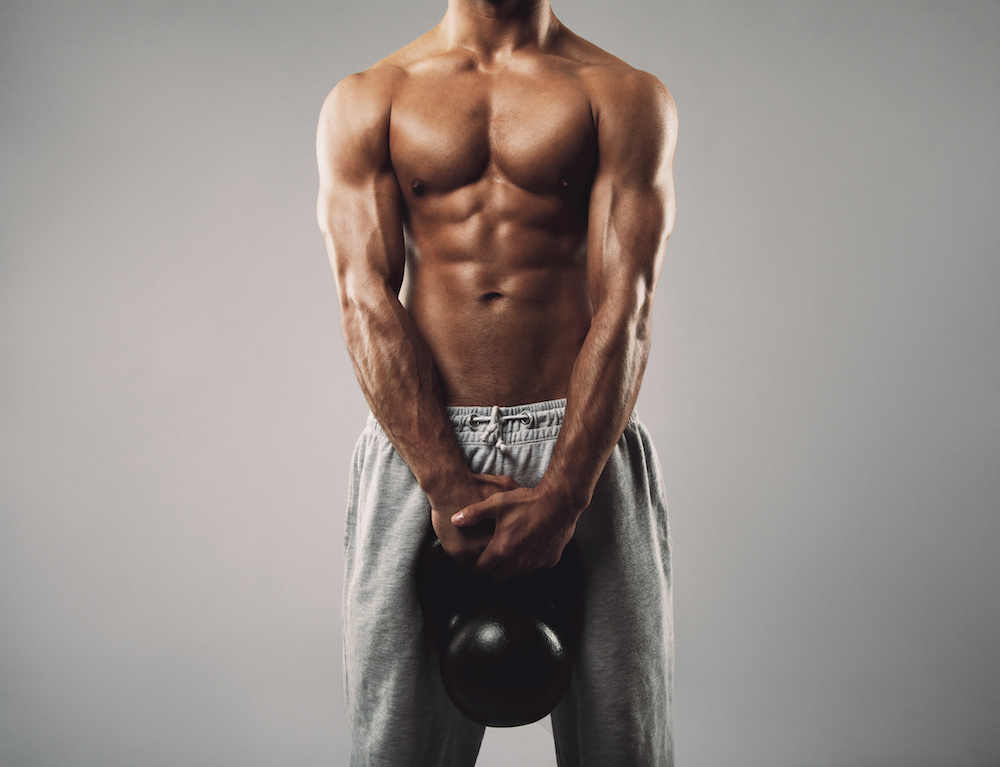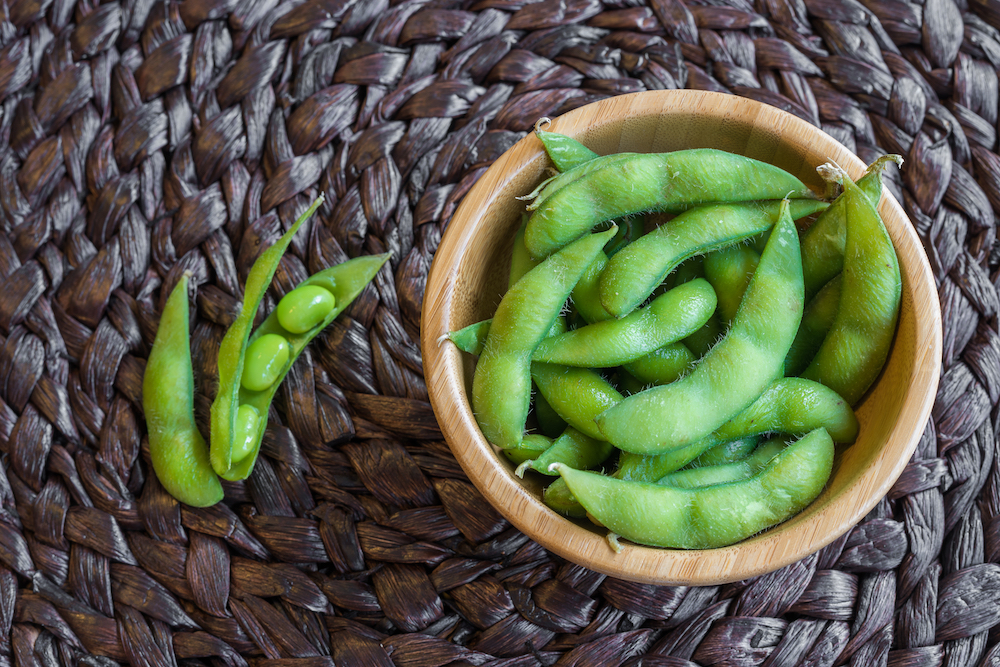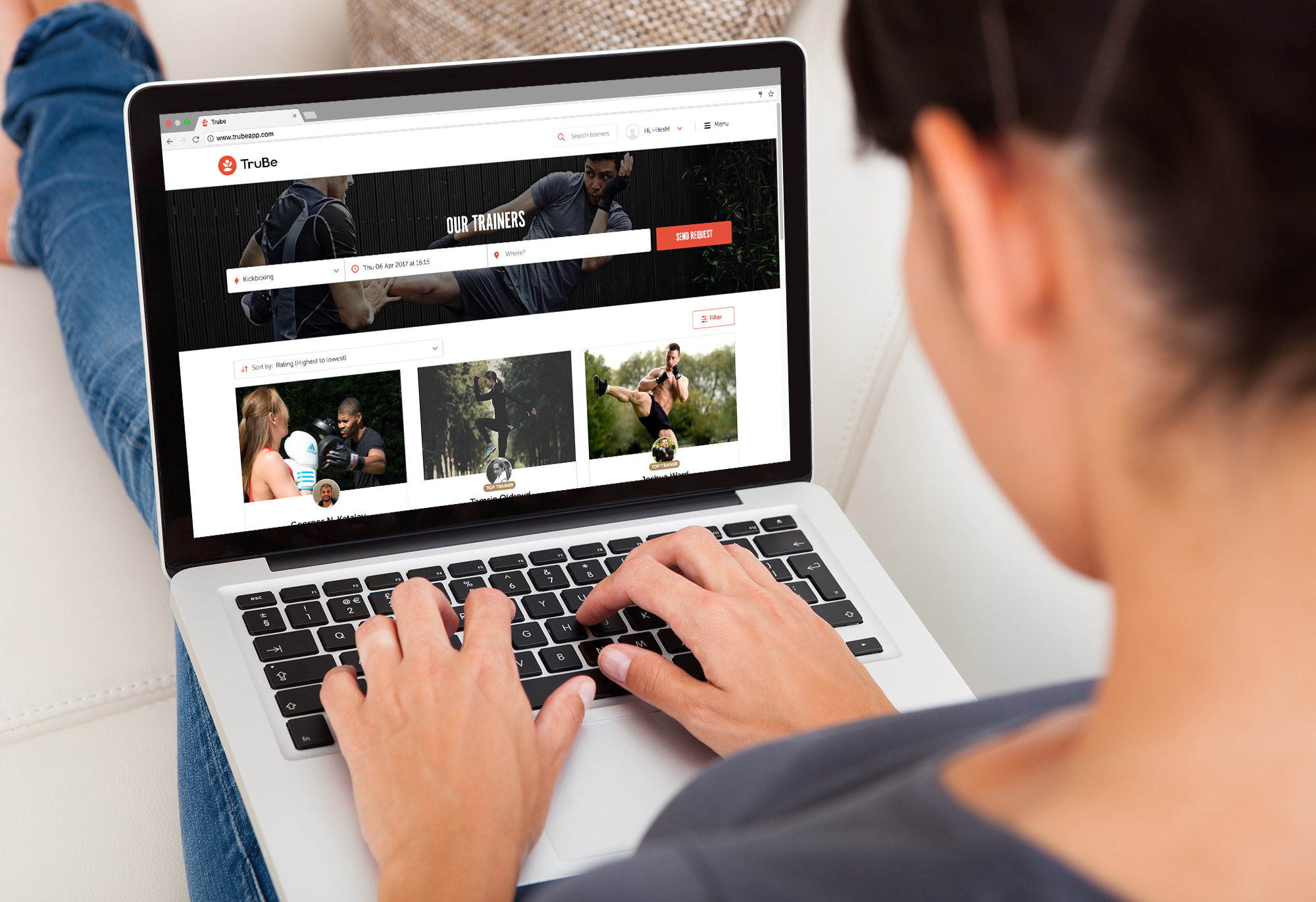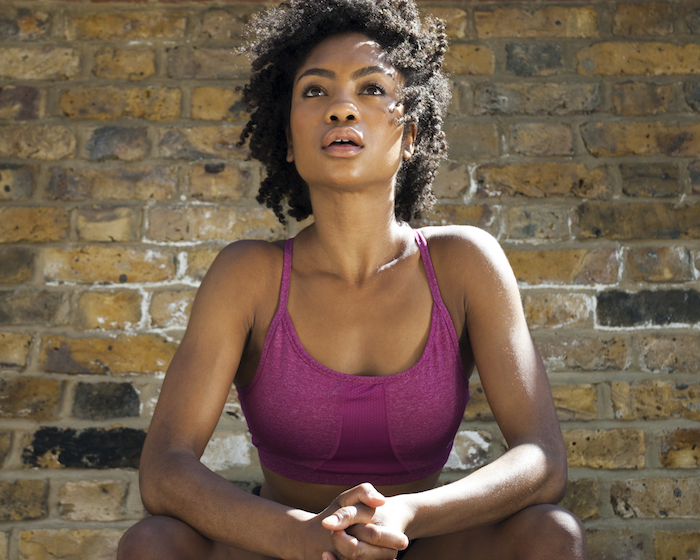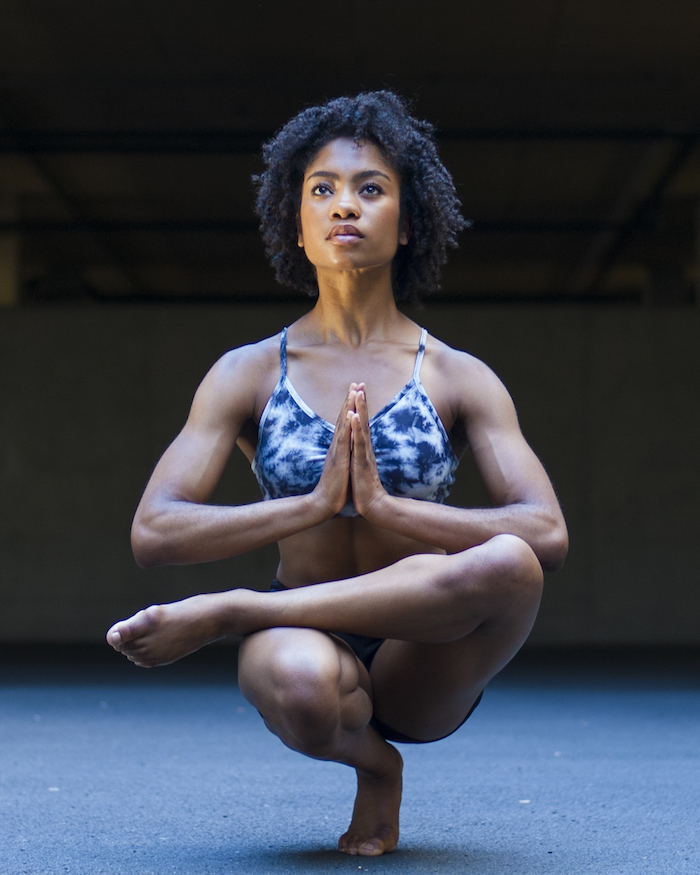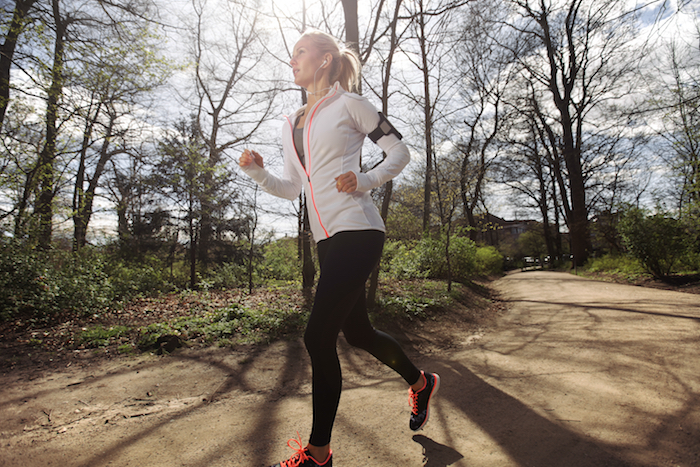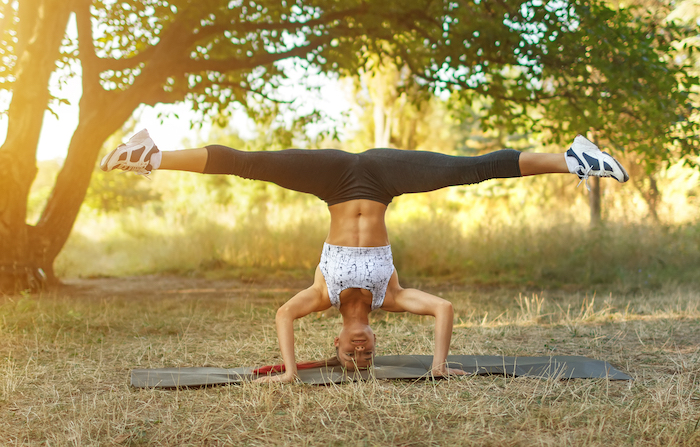Getting in shape doesn’t have to be complicated and there’s no need to spend hours sweating it out in the gym. Here are some simple moves to get fit and strong using your own body that you can do literally anywhere.
Exercising without equipment is easier than you think, simply set aside up to 20 mins a day and do each move one after the other for either 15 secs, 30, 45, or 1 minute back to back. Rest for 2 mins (or longer if you need it) before repeating the circuit up to three times. All you need is a bit of floor space and a good dose of mental strength. These moves are taken from ZUU (thezuu.com.au) and combine cardio and strength and conditioning meaning you get a total body workout, without having to pack a gym bag.
Don’t forget to warm up!
Take a few minutes to wake your body up before doing the workout below, try some lunges with an over head stretch and some high knees and jumping jacks will get your heart rate going.
- Frog squats
Stand upright with feet a little wider than shoulder width. Clasping hands together, tuck both upper arms in-between your legs as you lower into a deep squat position. Drive upwards out of a deep squat while keeping upper arms pinned against your inner thighs. The finish position will be legs slightly bent with arms still inside legs.
2. Bears crawls (forward & reverse)
Start on all fours low to the ground with head upright, keeping back straight. Using opposite motor patterns reach forward with one arm and bring forward the opposite leg. Move forward in a crawling motion. Reverse bears is performing the exercise going backwards.
3. Polar bear press
Position yourself into a strong ‘A’ frame position with hands shoulder width apart and feet slightly wider than shoulder width. Looking at the ground between your feet lower your top half towards the ground until your head touches then drive back up to the start position.
4. Kick sits
Start with all fours on the ground with a low centre of gravity. Not moving your hands, sweep a leg in between the other hand and foot to a sitting position. Reverse by getting back up to start position and sweeping other leg through the opposite side.
5. Donkeys
Start in a neutral push up position with feet together and hand shoulder width apart. Explode up and towards your chest with both legs into a tuck position. Then extend legs back to start position landing softly.
Remember if you have any health issues please talk to your doctor before doing this workout, and if your just starting out, take your time and modify the moves if you need to.
By Faris
Don’t forget that our TruBe trainers can come to you right in the comfort of your own home!
All of our trainers fully qualified fitness experts who specialise in various sessions such as Yoga, Ballet Fit, Personal Training, Boxing, Kickboxing, Pilates, Sports and Thai Massage and Meditation.

